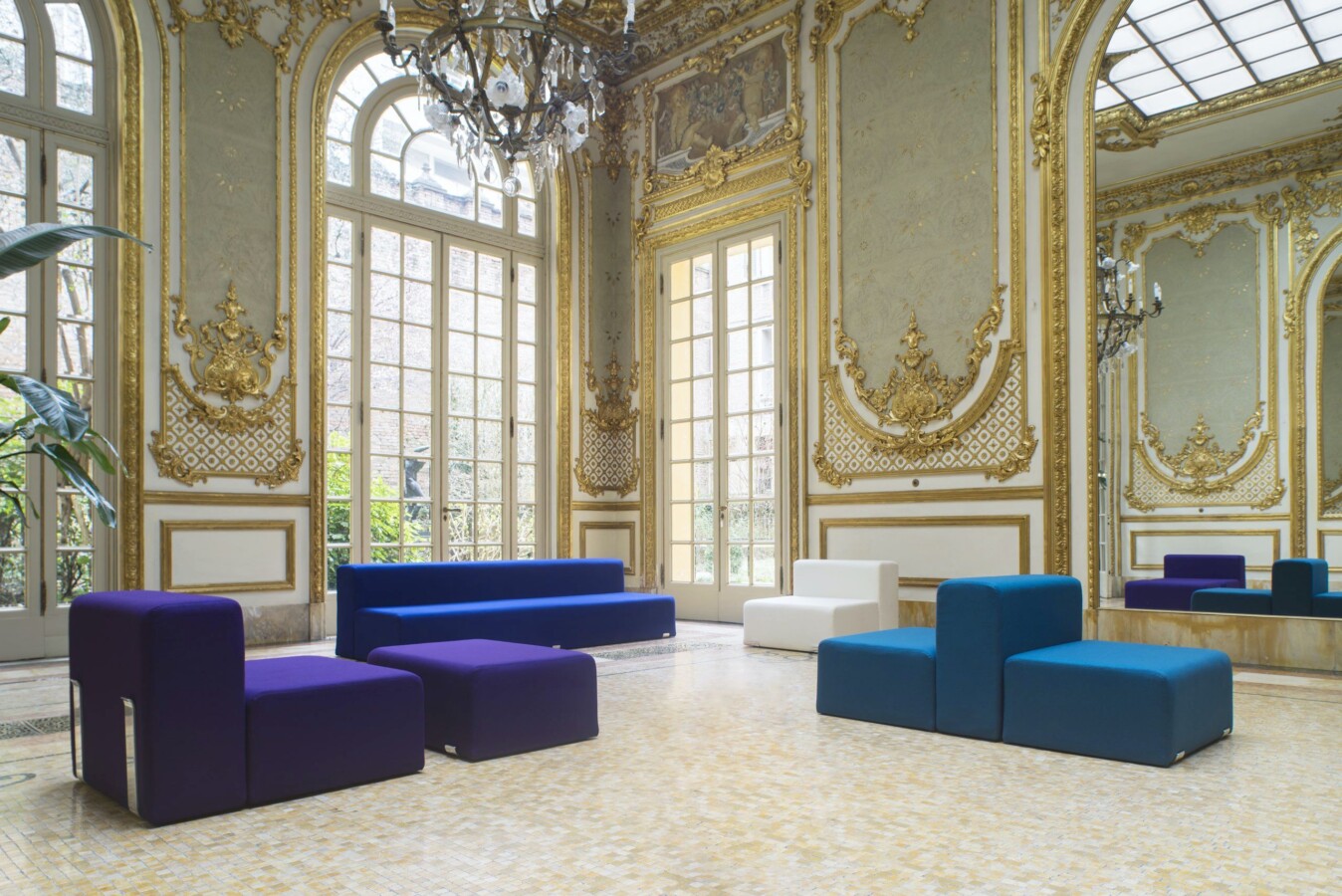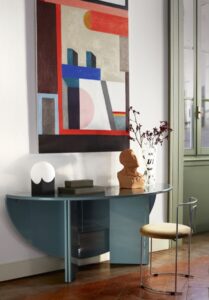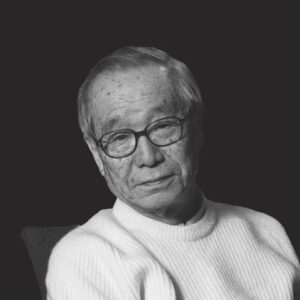
His masterfully pared-down furniture designs borrowed concepts from Surrealism and the Dada movement.
With their spare simplicity, the designs of Kazuhide Takahama (1930-2010) appear perfectly in tune with the Japanese philosophy of Zen minimalism. They’re also a reflection of the designer himself, so quietly charismatic that he was known as ‘the stone man’. Yet Takahama’s work was far from being purely Japanese: he embraced a variety of Western influences, including modern European art.
Born in Miyazaki on the Japanese island of Kyushu, Takahama studied architecture at the Tokyo Institute of Technology before joining the practice of architect Kazuo Fujioka. In 1957, he oversaw the design of Japan’s first pavilion at the Milan Triennale, which proved to be a life-changing event – he met the entrepreneur Dino Gavina, founder of Simon International (now part of Cassina), and began a lifelong collaboration with him.
Cassina
By this time, Takahama was already fascinated by modern art, in particular the Dada movement – his ‘Marcel’ seating collection (1965, pictured top) was a tribute to Marcel Duchamp. Based on polyurethane blocks connected by aluminium brackets, it offered the possibility of endless configurations. It was followed by the ‘Saori’ wall lamp for Nemo in 1973, which evokes the slashed canvases of Spatialist artist Lucio Fontana.
After Gavina persuaded Takahama to move to Italy permanently – which he did in 1963, settling with his wife Naeko in Bologna – the designer combined architectural and furniture projects. In 1967, he collaborated with Gavina on Bologna’s The Centre Duchamp, a space for creative innovation. He also continued to fuse his beloved modernist style with Japanese traditions, such as lacquerware.
With a structure reminiscent of origami, his ‘Antella’ lacquer table for Cassina in 1974 features folding panels that transform it from oval centrepiece to slender console. The ‘Gaja’ stackable chair (1978) and ‘Djuna’ low table (1983), also for Cassina, recall Bauhaus tubular steel forms.
De Pasquale & Maffini
Takahama also flirted with Surrealism. In 1971, he worked with installation artist François-Xavier Lalanne on the illustrated ‘Rhinocéros’ lacquer screen. Soon after came the ‘Mantilla’ sofa for Paradisoterrestre (1974), which was inspired by the idea of covering furniture with dust-sheets in a shut-up house. Its flowing ‘mantle’ cover is replaceable, so the sofa’s look can be changed at will.
The designer kept working until his final years and left a lasting legacy in Bologna: designing the façade of the city’s Guglielmo Marconi Airport and the shelters at its bus stops.


